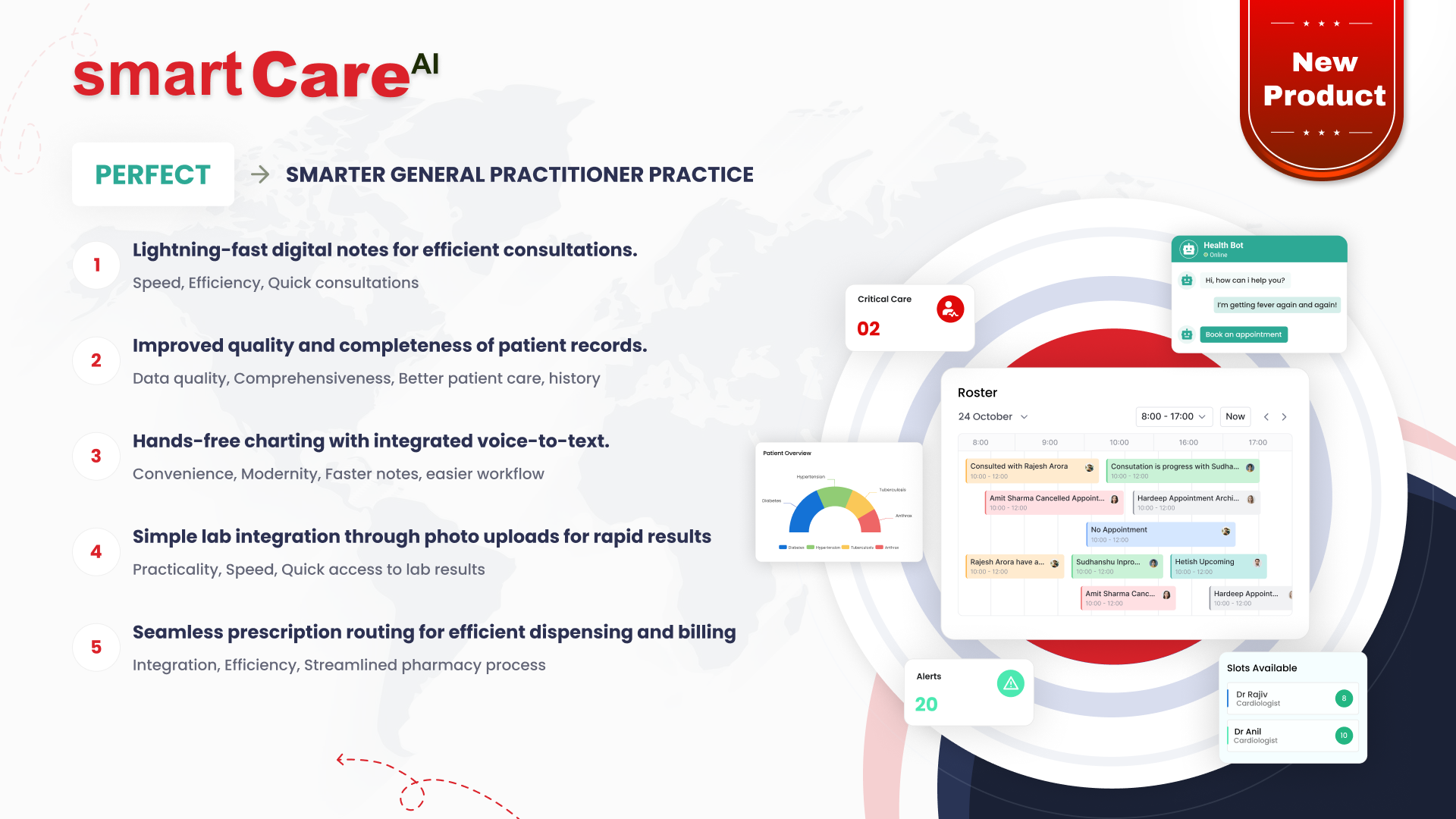
Posted On August 27, 2025
Is Cloud-Based Enterprise Software Really More Cost-Effective
For many organisations today, cloud-based enterprise software is no longer just a trend—it’s fast becoming the default choice. The promise is clear: lower costs, greater flexibility, and reduced infrastructure headaches. But is cloud-based enterprise software truly more cost-effective than traditional on-premise systems? Let’s break it down step by step.
Understanding the Costs Behind Cloud-Based Enterprise Software
When businesses talk about “cost-effectiveness,” it’s important to look at the bigger picture. Cloud-based enterprise software usually operates on a subscription model, which means companies pay a recurring fee instead of a large upfront investment. This spreads costs over time and makes budgeting easier. However, these recurring payments can add up, so understanding total cost of ownership is key.
How Cloud Solutions Differ from Traditional On-Premise Systems
Traditional on-premise systems require significant investment in hardware, servers, and IT teams to maintain everything in-house. In contrast, cloud-based solutions rely on external providers who manage the infrastructure, updates, and security. This difference often leads to lower capital expenditure (CapEx) for businesses, while shifting costs to operational expenditure (OpEx).
The Role of Subscription Models in Reducing Upfront Expenses
One of the main cost benefits of cloud software is its subscription model. Rather than paying hundreds of thousands for licences and hardware, organisations only pay for what they use. This is especially helpful for small and mid-sized businesses that may not have the resources to invest heavily at the start. The flexibility to scale up or down also means businesses can adjust their spending as their needs change.
Hidden Costs You Should Watch Out for in Cloud Deployments
While the cloud has many advantages, it’s not without potential hidden costs. Extra fees for additional storage, data transfers, or advanced features can quickly push budgets higher than expected. Integration with existing systems may also require additional investment. To avoid surprises, businesses need to carefully assess vendor pricing models and plan for long-term needs.
Why Scalability Makes Cloud Software a Smart Investment
One of the most underrated advantages of cloud-based enterprise software is scalability. With on-premise systems, scaling often requires major hardware upgrades, which can be expensive and time-consuming. Cloud platforms allow businesses to scale resources up or down almost instantly, ensuring they only pay for what they need. Over time, this flexibility can translate into significant cost savings.
The Impact of Reduced IT Maintenance and Hardware Costs
One of the biggest savings businesses experience with cloud-based enterprise software is the reduction in IT maintenance and infrastructure costs. Traditional systems often demand expensive hardware, routine upgrades, and dedicated staff to keep everything running smoothly. In contrast, cloud providers handle most of this behind the scenes, meaning companies can save significantly on both equipment and staffing while enjoying smoother operations.
How Cloud-Based Tools Improve Operational Efficiency
Cost-effectiveness isn’t just about reducing direct expenses. Cloud-based software streamlines workflows by offering seamless collaboration, real-time updates, and easy integration with other business applications. This operational efficiency reduces delays, minimises duplication of effort, and ultimately helps teams get more done in less time—contributing to overall cost savings in the long run.
Security and Compliance: Cost or Cost-Saver?
Many businesses worry about the additional cost of maintaining high levels of security and compliance. While cloud providers often charge extra for advanced security features, they also reduce the financial risk associated with data breaches, fines, and compliance failures. In this sense, investing in strong cloud-based security measures is less of an expense and more of a safeguard against costly disruptions.
Long-Term Financial Benefits of Cloud Adoption
While the subscription model of cloud software may appear to be an ongoing expense, it often works out cheaper over time. Businesses avoid unpredictable repair bills, software licensing renewals, and expensive downtime. The flexibility to scale usage up or down as needed also means companies only pay for what they use, making it a financially sustainable option in the long term.
Is Cloud Always the Most Cost-Effective Choice for Every Business?
It’s important to note that cloud-based enterprise software isn’t the perfect fit for every organisation. Businesses with very specific compliance needs, strict data residency requirements, or already significant investment in on-premise infrastructure may find it less cost-effective. The true value depends on business size, goals, and IT requirements, which means careful evaluation is essential before making the switch.
Conclusion
So, is cloud-based enterprise software really more cost-effective? The answer depends on how businesses use it. For organisations that value lower upfront costs, easier scalability, and reduced IT maintenance, cloud solutions can be a cost-effective choice. However, hidden costs and long-term subscription fees need to be considered carefully before making the switch.
At the end of the day, the right decision comes down to aligning software choices with business goals, budgets, and growth plans. For more insights on making the most of cloud technologies and digital transformation, visit smartdatainc.com.
